-
Creeping Cucumber

Creeping Cucumber (Melothria pendula). Perfect for a dollhouse if you need a tiny watermelon of dollhouse scale. If only they would last. It is native to southeastern North America. With flowers of yellow, just 1/4 inch across. Though it is native it will be treated as a weed here. A weed, after all is a…
-
Marbled Orb Weaver
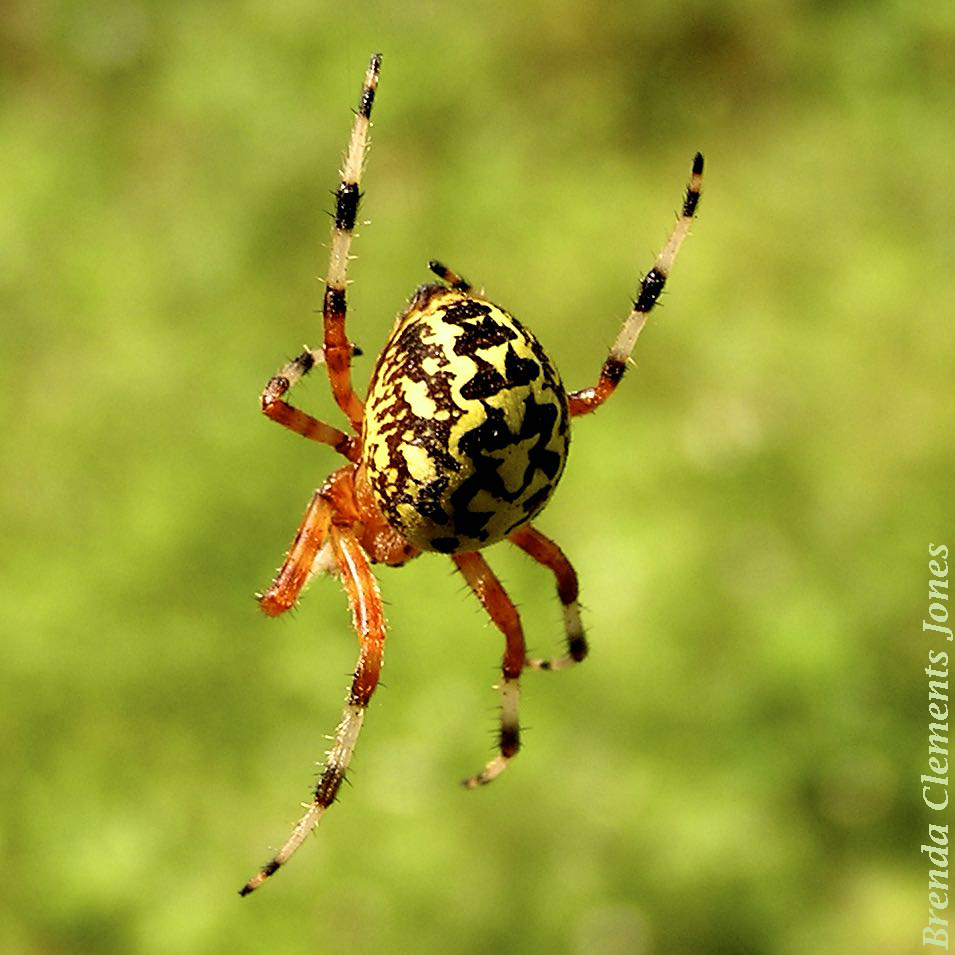
They seem to arrive every year at this time. Just when I’m thinking about the grand holiday. Halloween. It’s as if they know I want my porches decorated for the big day. Dressed in an appropriate outfit for the season. Bright yellow and black coveralls complimented with long striped stockings of orange, black and white.…
-
Aromatic Asters
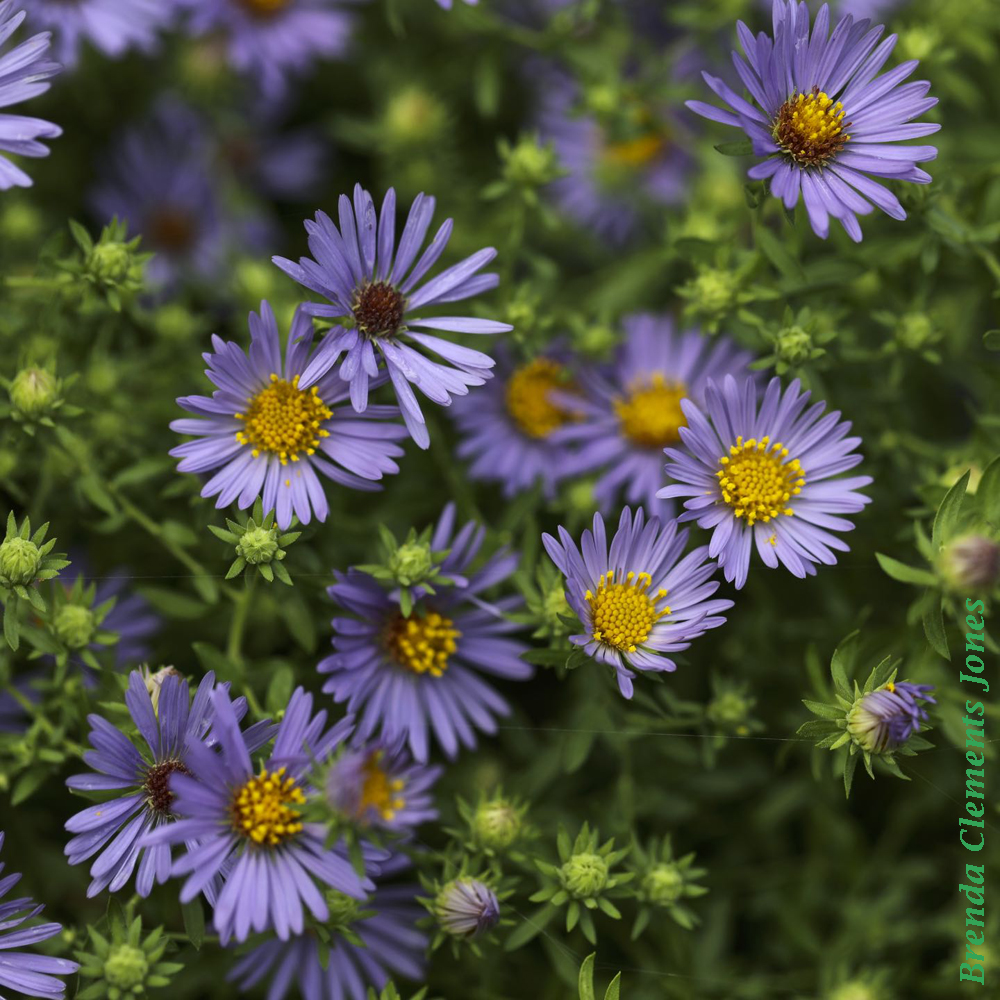
Aromatic Asters (Symphyotrichum oblongifolium) are visited by bees, butterflies and skippers, seeking nectar and in the case of the bees, pollen. The caterpillars of moths and of Silvery Checkerspot Butterflies eat the foliage. This Crab Spider is hanging around hoping to catch some dinner, just waiting for the perfect insect to come along. I’ve got…
-
A While Back on 29

Taking a break from nature for just a moment to look back. Route 29 in Charlottesville, just east of the airport. By 2004 when these pictures were taken the only thing left were signs. The motel was on the east side of Route 29. Now at that intersection there is a Walgreens and to the…
-
Red Berries of Spicebush
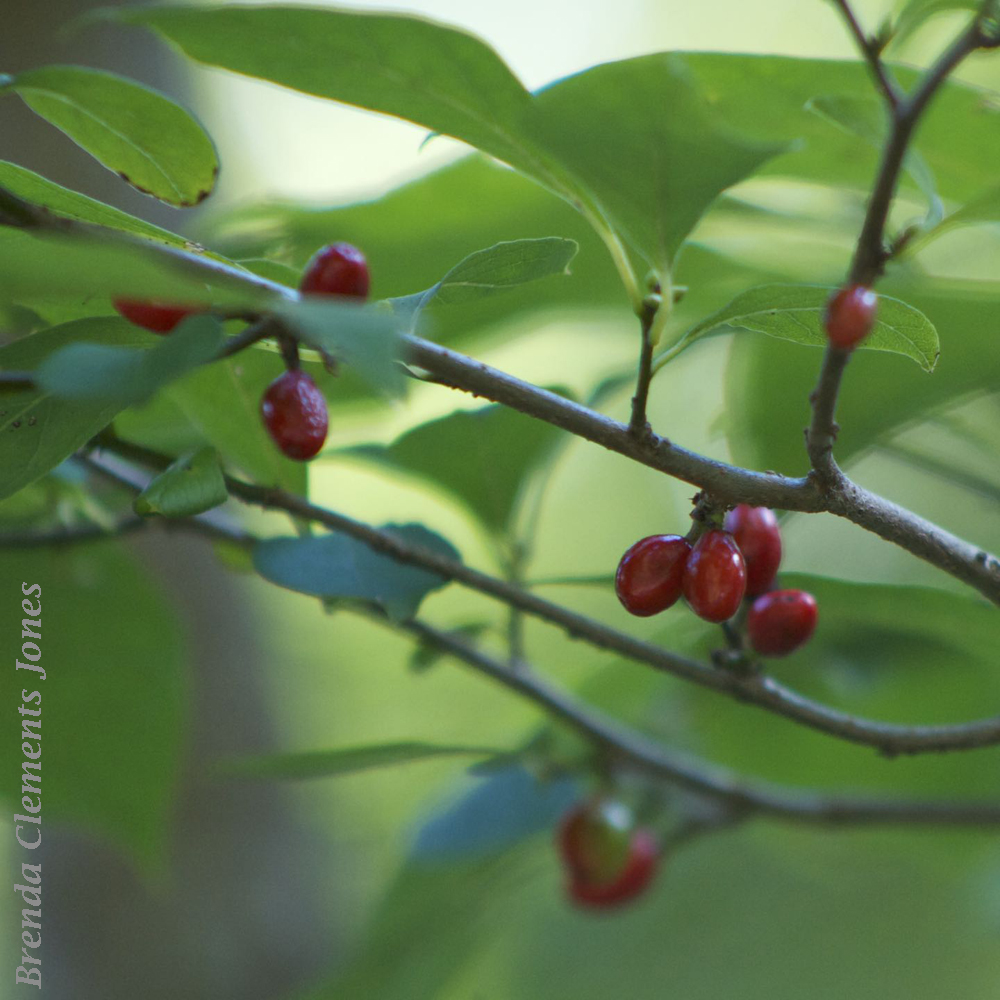
Spicebush (Lindera benzoin). In spring this bush of the eastern woods of North America create a wash of soft yellow with small but plentiful blooms. By autumn the blossoms have turned to brilliant red berries. Much to the delight of many birds, including two of my favorites, the Hermit Thrust, and the Red-eyed Vireo.
-
Sachem
Sachem (Atalopedes campestris). A small grass skipper butterfly with a wingspan of just 1.25 to 1.5 inches. Skippers (Hesperiidae) are a family of butterflies that have the characteristics of both butterflies and moths. Host plants of Sachem caterpillars are many grasses such as Bermuda Grass, Hairy Crabgrass, Red Fescue, St. Augustine Grass, Indian Goosegrass and…
-
Happy Anniversary!

Youngsters, two and three years old, or so it seemed. A mighty fine pair. Happy 54th Anniversary!
-
Juniper Hairstreak Revisited
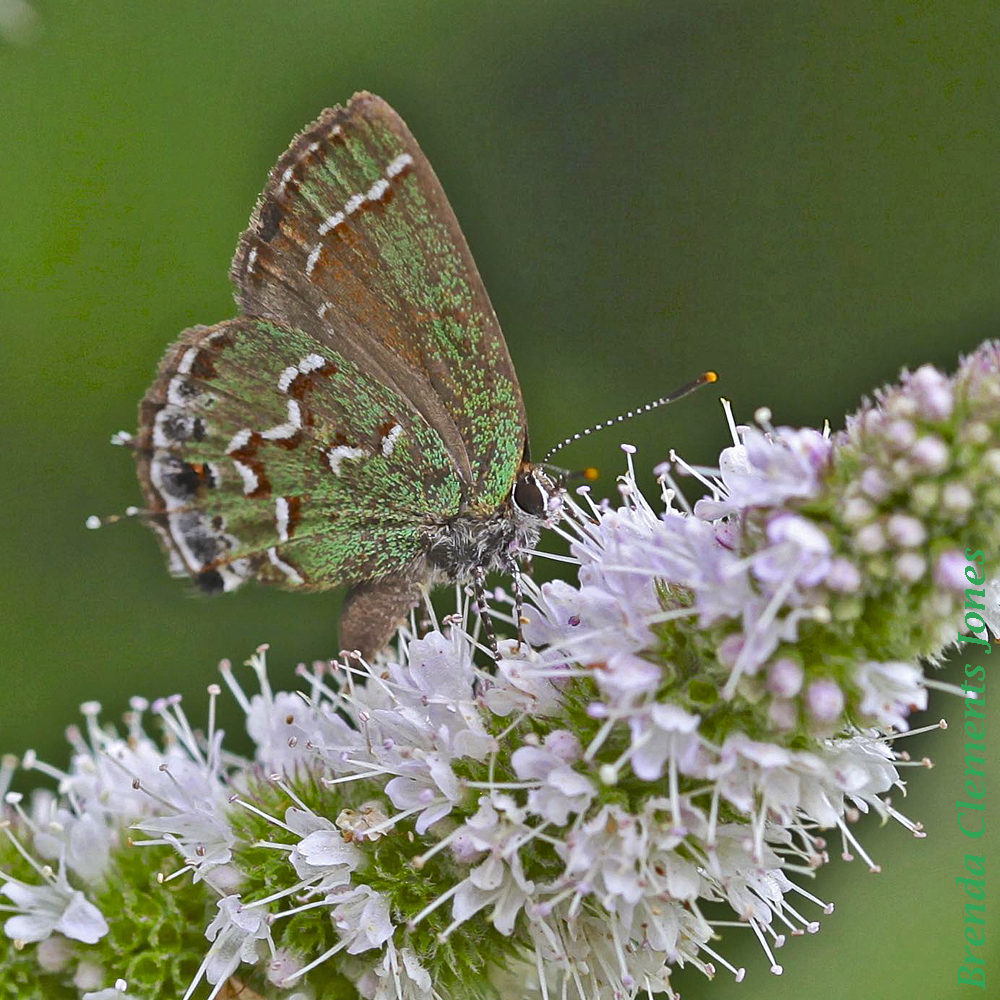
Juniper Hairstreak (Callophrys gryneus) is native to most of North America. Once thought to be two separate species, residents of eastern North America and western North America are now considered to be just one species. As butterflies, adult Juniper Hairstreaks seek the nectar of many flowers such as Queen Anne’s Lace, Winter Cress, Common Milkweed,…
-
Pipevine Swallowtail
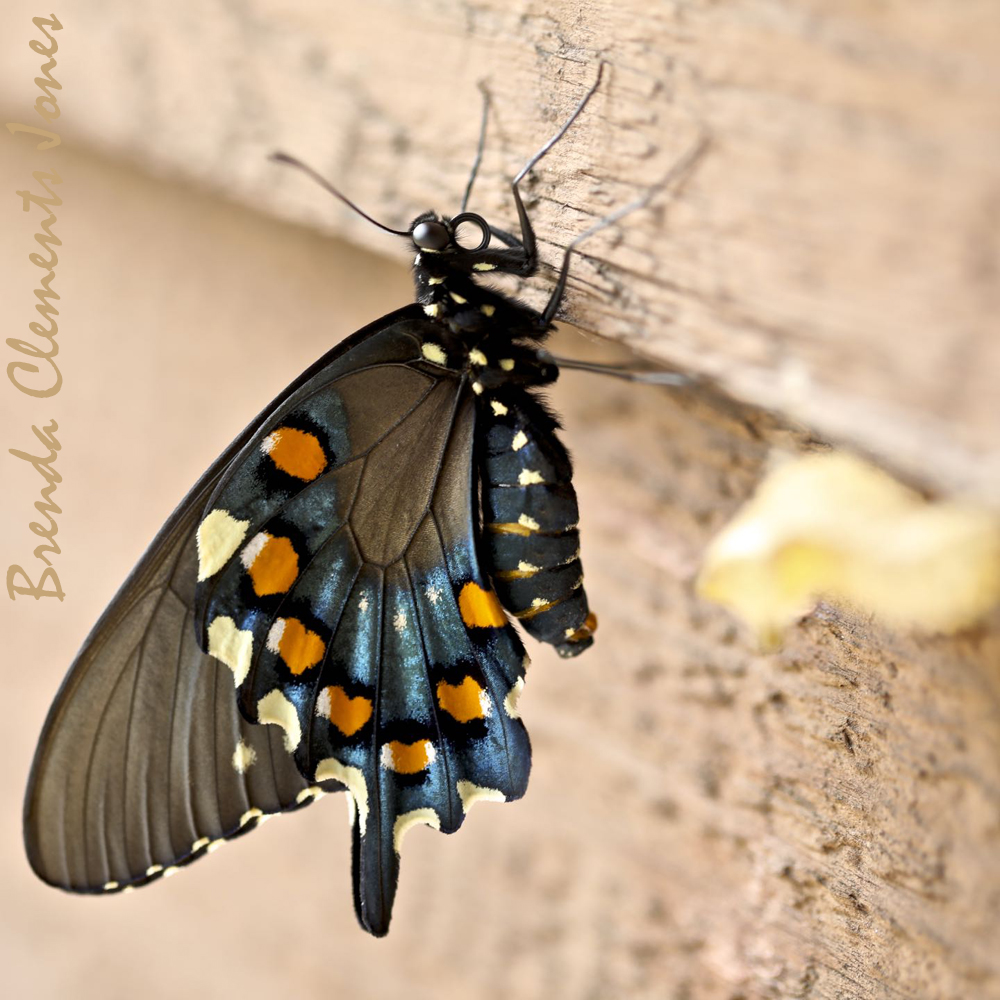
Brand new! This Pipevine Swallowtail (Battus philenor) has just emerged from its chrysalis. A couple years ago I decided that if I wanted to see Pipevine Swallowtails, I should get a plant that would engage them. Their host plants are in the genus Aristolochia. One of them, Woolly Dutchman’s Pipe (Aristolochia tomentosa) filled the bill since…
